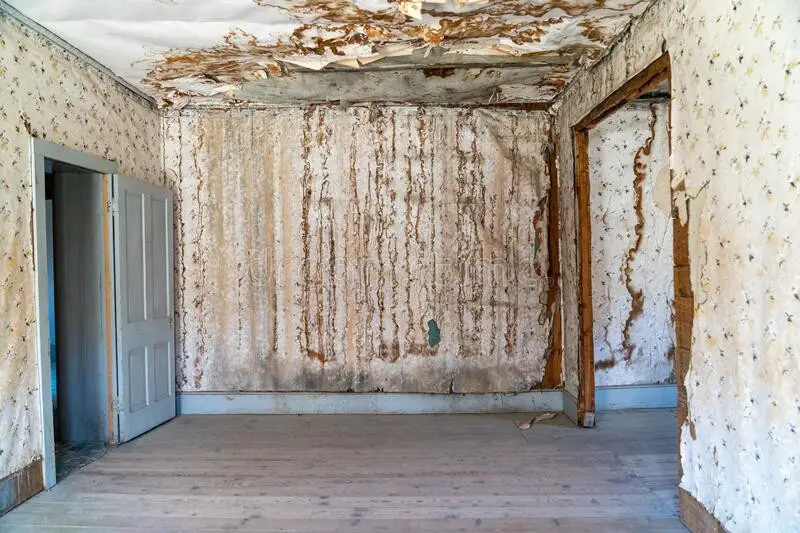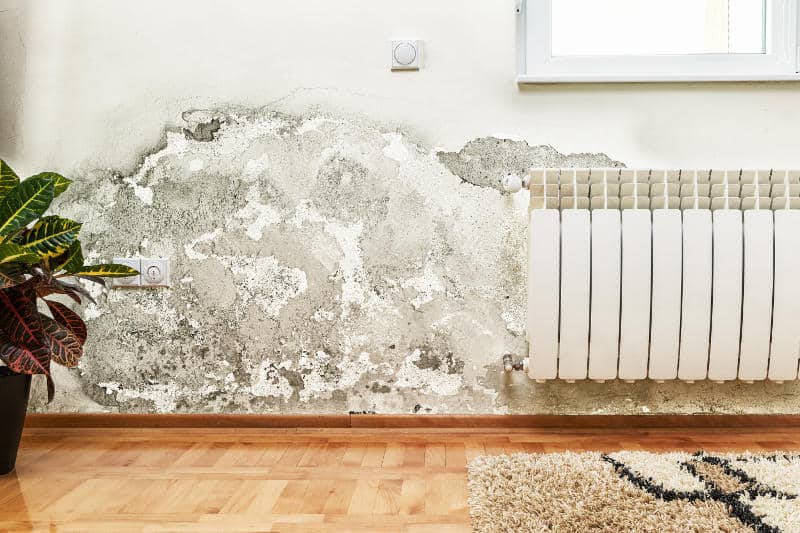What are your ideas on Indicators of Water Damage Behind Walls?

Water stains on wall surfaces are not pleasant to the eyes. Your residence must lack stains on the wall surfaces, roof covering, or floors. That is the excellent state of a house as well as its structures. Yet, in some cases it seems almost inescapable to experience water discolorations on walls in houses.
Home owners staying in humid regions frequently handle the fear of water stains on wall surfaces. That doesn't have to be the case for you. With exact and also all-around info on the reasons for water spots and prompt repair service procedures, you will constantly be an action ahead of such occurrences. This write-up guarantees to be a valuable overview for you.
3 Typical Sources Of Water Stains on Wall Surfaces
Unlike common belief, water discolorations on walls do not always originate from inadequate structure products. There are a number of causes of water discolorations on wall surfaces. These consist of:
Poor Water drainage
This will certainly stop water from leaking into the walls. This web links to too much dampness that you notice on the wall surfaces of your structure.
The leading cause of damp wall surfaces, in this situation, can be a bad drainage system. It can also result from bad administration of sewage pipes that go through the structure.
Wet
When warm damp air consults with dry chilly air, it triggers water droplets to base on the wall surfaces of structures. This takes place in washrooms and cooking areas when there is vapor from food preparation or showers. The water droplets can tarnish the bordering walls in these parts of your home and also infect other locations.
Moist or condensation impacts the roofing system and wall surfaces of structures. This causes them to show up darker than various other locations of the house. When the wall is wet, it creates an appropriate environment for the development of fungis as well as microorganisms. These might have negative results on health, such as allergies as well as breathing conditions.
Pipeline Leaks
Many homes have a network of pipes within the walls. This ensures that the pipelines are well away from the reach of harmful rodents. It constantly raises the practicality of such pipes, as there is little oxygen within the walls. This discourages corrosion.
Yet, a drawback to this is that water leakage impacts the walls of the building and also triggers extensive damage. A dead giveaway of malfunctioning pipelines is the look of a water stain on the wall.
Water Spots on Wall: Repair Work Tips
House owners would generally want a quick fix when taking care of water stains. Yet, they would certainly soon recognize this is detrimental as the water discolorations recur. So, right here are a few handy tips that will certainly guide you in the fixing of water discolorations on walls:
- Constantly deal with the root cause of water discolorations on walls
- Engage the aid of specialist fixing solutions
- Method routine sanitation and also clean clogged up sewage systems
- When developing a home in a water logged area, make sure that the employees perform appropriate grading
- Tiling locations that are prone to high condensation, such as the bathroom and kitchen, assists in decreasing the build-up of wet
- Dehumidifiers are additionally handy in maintaining the moisture levels at bay
Pro Idea
A houseplant in your house likewise enhances its humidity. So, if your house is currently damp, you might intend to introduce houseplants with very little transpiration. An example of appropriate houseplants is succulents.
Conclusion
Although nobody wants to have water stains on walls in their house, it can happen to the best of us. This short article gives you take advantage of, as you now know exactly how to handle this incident if it does take place.
It is constantly best to recruit expert services to help repair the damages in your home.
Sometimes it appears almost unavoidable to experience water spots on walls in residences.
Contrary to prominent belief, water spots on wall surfaces do not always stem from bad building materials. There are several causes of water spots on wall surfaces. The water beads can discolor the bordering walls in these components of your home and spread to other areas.
Right here are a few handy pointers that will guide you in the repair of water discolorations on walls:
CHECKING FOR WATER DAMAGE
Water damage can be costly, and it may begin before you even notice the first signs of trouble. Water damage can cause mold and mildew in your walls and floors, which can create an abundance of health concerns for your family. It can also lead to costly repairs of various appliances and general home fixtures. To avoid the pricey consequences of water damage, here are Warner Service’s top 5 places you should check:
- The walls – The easiest place to spot the beginnings of water damage is on the walls and ceilings of your home. If water damage is present, there will most likely be water stains, especially around the windows and doorframes, and/or cracks in the drywall. If a stain looks unusual (discolored to brown, black or gray, raised texture), has a swollen appearance or is soft to the touch, contact a professional immediately.
- The pipes – To avoid water damage, consistently check the pipes in your kitchen (especially the dishwasher and ice maker), bathrooms, laundry room (specifically washing machines) and basement for corrosion, leaks and water stains. Pay special attention to where the pipes connect in your home and the location of caulking around the bathroom fixtures, including toilets, sinks, showers and tubs. Missing or loose caulking and grout could be signs of leaking water. This seepage can also quickly cause mold and rust, so double check your water heater and tank for wet spots on the floor.
- The floor – Water damage is very easy to spot on the floor. Look for any warping or buckling of the material, especially in the basement. If your home has wood flooring, look for bright white or dark stains. If your home has carpeting, keep it dry and clean. A damp carpet that smells of mold could cause water damage and health problems. To avoid this, consider installing floor pans under your appliances to help prevent damages from small, slow and undetected leaks.
- The basement and attic – If your basement or attic smells odd check for mold and mildew around the area, especially the valley where the roof meets. While you are inspecting those areas, check for wall cracks, floor stains, rust and dampness in the insulation. If you live in a colder and/or rainier climate, perform routine checks for water damage from melting snow or ice and rain.
- The exterior – Check the roof for damaged flashing and missing, cracked or curled shingles. There should also be no standing water anywhere outside your home. This could be caused by puddles, leaky rain gutters or hoses, poor drainage, or short gutter spouts. Invest in a sump pump system or water flow monitoring system, and perform routine maintenance on these outdoor appliances to avoid indoor water damage.

As a devoted reader about How to Remove Water Stains from Walls and Ceilings, I was thinking sharing that piece of writing was beneficial. Do you know about anybody else who is curious about the subject? Please feel free to promote it. Many thanks for taking the time to read it.
Emergency plumber? One call away.
Comments on “Addressing Stains from Water on Wall Surfaces: Inspections and Repairs Instructions”